First lady Michelle Obama took the stage on the first night of the Democratic National Convention in Philadelphia and faced down a crowd that had a small minority of delegates dedicated to raising their voices in dissent when presidential nominee Hillary Clinton’s name was spoken onstage.
However, during her fifteen minutes, the voices of dissent—aside from some lingering boos and shouts—were swept beneath the Democratic Party’s unifying message represented in the first lady’s speech, which drew on her personal experience and desire for a positive role model.
“I want a president who will teach our children that everyone in this country matters, a president who truly believes in the vision that our founders put forth all those years ago that we are all created equal, each a beloved part of the great American story,” she said.
It was a moment that proved to be a turning point in the convention and worked toward a unified voice celebrating Clinton.
Disunity
Signs of disunity began early Monday, July 25, morning with Democrats still reeling from the almost 20,000 emails released by whistleblowing website WikiLeaks showing bias by the Democratic Party against insurgent candidate Bernie Sanders.
The anger felt by disaffected and betrayed Sanders supporters spilled onto the sweltering streets of Philadelphia, into the breakfast meetings of state delegates, and into the convention hall, where heckling of speakers praising Clinton could be heard frequently—though this became more muted as the day went on.
The Clinton campaign put out the flames before they got out of hand—Debbie Wasserman Schultz was removed from her position as the chair of the Democratic National Committee in light of the email controversy and was replaced at the last minute by Baltimore Mayor Stephanie Rawlings-Blake.
In addition, interim chair Donna Brazile sent out a text message apologizing to Sanders, offering “a deep and sincere apology to Senator Sanders, his supporters, and the entire Democratic Party for the inexcusable remarks made over email.”
These gestures of solidarity between the Clinton campaign and the Sanders campaign set up a night and convention hoping to showcase the party’s ability to face adversity and dissension, and to come out looking stronger in the end.
Struggle
However, some of those internal cracks and rifts between the different camps came out in a telling statement by former Sanders supporter, and now full-throated supporter of Clinton, comedian Sarah Silverman.
“Bernie or Bust people, you’re being ridiculous,” Silverman said above a din of supporters in competing chants of “Hil-lar-y” and “Ber-nie” in the convention hall.
“Bernie or Bust people” refers to people who are dedicated to voting for the Vermont senator or nobody at all. The party argues that it points to a larger betrayal of the Democratic Party, and that the disunity within the party will diminish the chances for democrats to get elected.
The struggle toward unity reached its zenith on the first night with Sanders’s speech, which was similar to his stump speech from the primary race, but amended to advocate for Clinton and the planks on the platform where the Sanders and Clinton camps meet.
The party platform that was agreed upon included some of the most important tenets of the Sanders campaign. This includes raising the minimum wage to $15 an hour, expansions to health care, and language calling for environmental and drug reform.
“Our job now is to see that platform implemented by a Democratic Senate, a Democratic House, and a Hillary Clinton presidency—and I am going to do everything I can to make that happen,” he told the convention hall.
Cutaways to the audience on the major news networks, though, captured the struggle of many of his younger supporters, many of whom were shedding tears. Other supporters were sitting down, appearing sourly disappointed that their preferred candidate wasn’t continuing to rail against the more moderate Clinton, as he did during the primary.
The Democratic Party and the Republican Party have both shown dissension within their ranks following a tumultuous and combative primary season.
For republicans, their moments of dissension came at carefully orchestrated moments embedded into the procedural framework of the convention—when a vote was brought into question about the rules of the delegation, and when Ted Cruz gave a speech touching on conservative values but refused to endorse Trump.
For democrats, dissension was free-form and disruptive throughout the formal proceedings, culminating in a walkout of over a hundred delegates when Sanders called for a vocal nomination of Clinton on Tuesday.
The protesting delegates staged a sit-in in the convention’s media tent, and spilled out into the streets, converging with Black Lives Matter protesters and marching around the streets of the city.
Unity
Meanwhile, inside the convention hall, the event had had a dramatic change of tone. Gone were most of the boos and disruption of the protesters from the previous day, and gone were the cutaways to audience members holding up signs in support of Sanders.
The convention had morphed into what party conventions usually appear as: a full-throated rally in support of the candidate, featuring personal and political testimonies of Clinton’s abilities as a mother and public servant.
What began, following the exit of angry and vocal Sanders delegates, was a rebranding of the image of Hillary Clinton, countering the image projected at the Republican National Convention, and asking voters to unify behind the candidate projected at this convention.
Former President Bill Clinton, in his confessional speech about meeting and courting a young Hillary Rodham, summarized how different his picture of his wife was in comparison to the negative picture the Republicans painted in their convention.
“How does this square with the things that you heard at the Republican convention? What is the difference in what I told you and what they said? How do you square it?” the former president rhetorically asked the audience.
“You can’t,” he concluded. “One is real, the other is made up.”
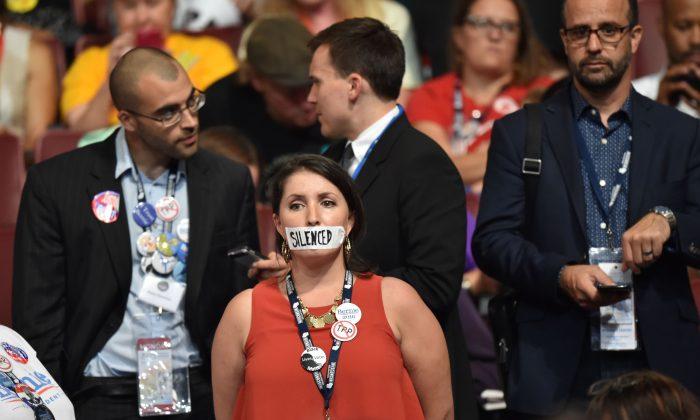
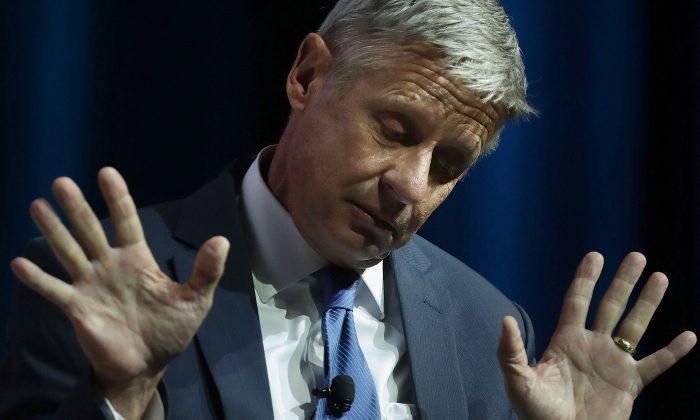
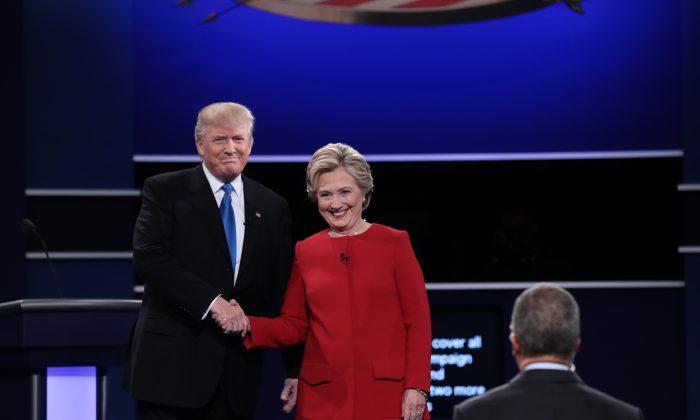
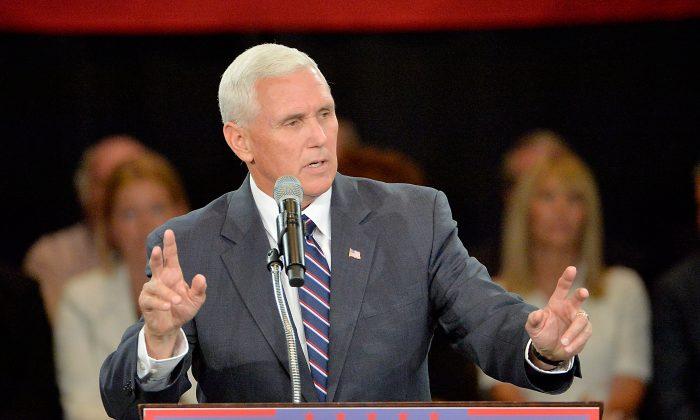
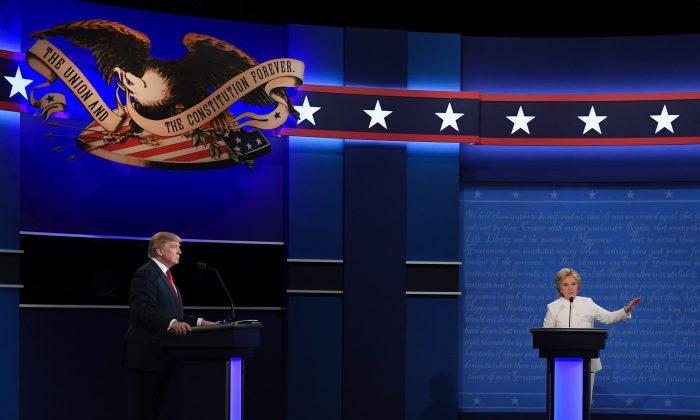
Friends Read Free